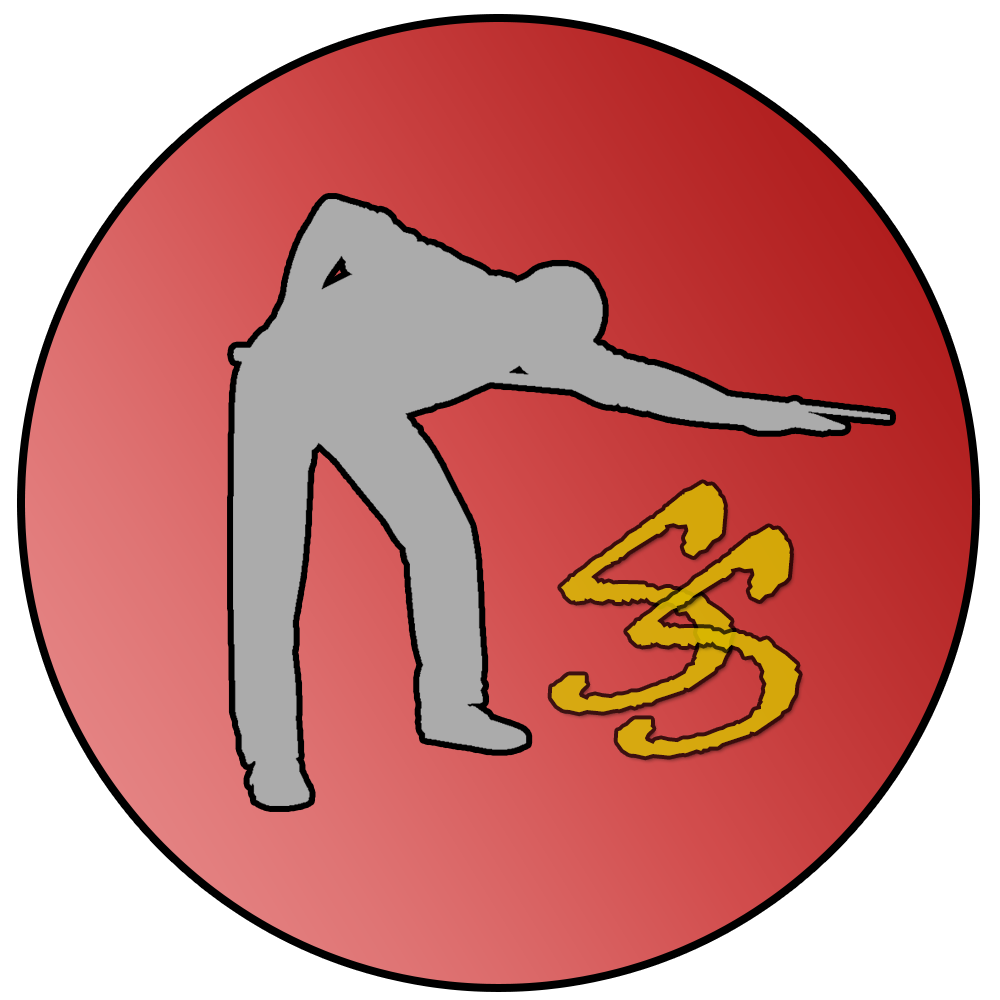As we all watch the ongoing 2020 World Championship, one of the notable changes to this year’s format is the distinct absence of spectators. Now, the idea of a reduced crowd was experimented with on the opening day of the WSC however, due to government announcements that very day meant that a spectator presence was no longer possible. But how much impact does an audience have on the performance of a player?
Typically in sports, crowds are separated into the sides in which they support. I’d like to think that snooker is a little less akin to this considering its individuality and the overarching respect for the game itself. Similar to tennis, snooker crowds are encouraged to be more revering towards the players and avoid making any distracting sounds, particularly on a backswing. Although, much like any other sport which includes a crowd presence, snooker fans actively participate in the experience and drama that unfolds in any given match – multiplied in the Crucible.
Sports are very psychological and mental, just as much as they are physical. This is particularly applicable to snooker where matches can last hours upon end and competitors need to keep themselves in the game mentally so that they can perform on the table physically. Having a crowd presence that can appreciate a good shot or century break will have a positive influence on a player’s confidence, which will encourage them to continue playing well.
Much like a boxer who will ride the wave of a crowd when in the middle of a positive exchange against his/her opponent, a Crucible crowd will have a similar effect. A player will be able to sense the crowds excitement while concentrating on the game at hand therefore, will also aim to perform in a manner that will meet the expectations of those spectating. And any snooker player will tell you the difference between being able to feel the presence of a live crowd, as opposed to playing in an empty arena for those watching at home.
Clearly, a live audience has a tremendous impact of the mental side of a player. So if we take that audience away, surely that takes away the mental pressure from those competing, right? Kind of. It depends on the player. Some players will thrive under a crowd presence while others may not do so well. Which is what makes this year’s WSC so interesting to watch. We’ve already seen how some players are coping with the silence of the room, comparable to if they were just playing in practice; but nothing gets rid of the nerves of playing for the World Championship.
So while perhaps some nerves are settled from the lack of an audience, this will be offset by competing in the most coveted tournament of the season. And while it may be more relaxing for a player to make a big break, an exemplary shot or century won’t feel the same to a player without a crowd reacting to the spectacle. The best way to think of it would be to imagine one of your favourite 147 breaks…now imagine that same 147 break without a crowd, or even watching it on mute. It just isn’t the same, is it?
Broadcasters have tried to simulate audience participation with a soundboard of crowd applause similar to a laughing track in a sitcom. In effect, it’s a person with their finger on the ‘applause’ button for use at the end of a frame. This has received a mixed reception from viewers, but a poll by WST showed that 55% did welcome the addition, while acknowledging that it is far from perfect.
But others shouldn’t be too upset with this. This isn’t something that anyone has had to go through before, so there are going to be ‘beta testing’ phases for different features. Fans are having to adapt just like the players and staff involved in bringing us this WSC. We should just enjoy the fact that there is a World Championship this year and how we’ve already had some incredible Round 1 matches. And with that being said, onto Round 2!
Like this Short? Click here to read: The Science Behind Snooker Chalk
Have an idea for a Short post? Feel free to get in touch using the social media links below! Thanks for reading!









